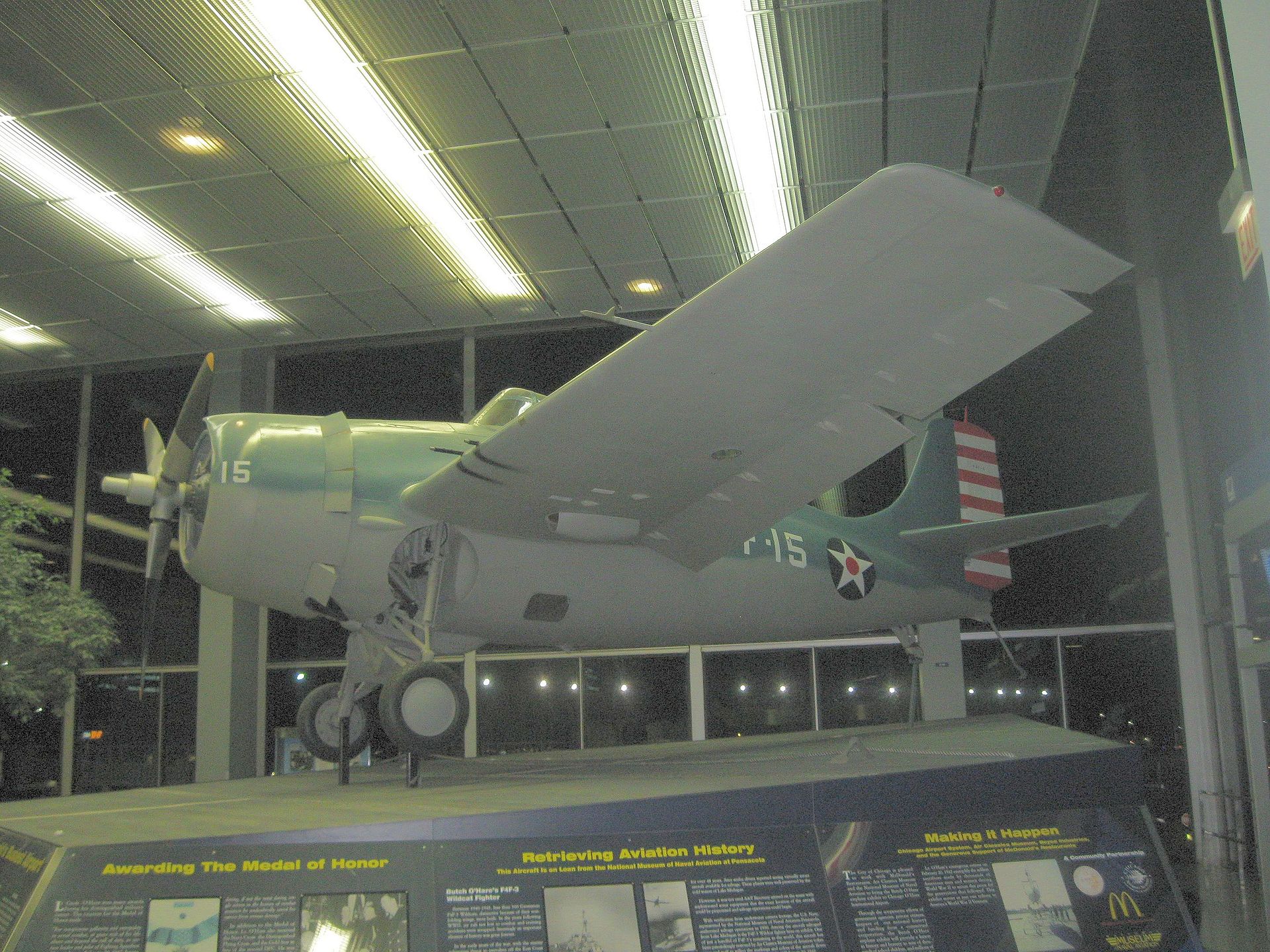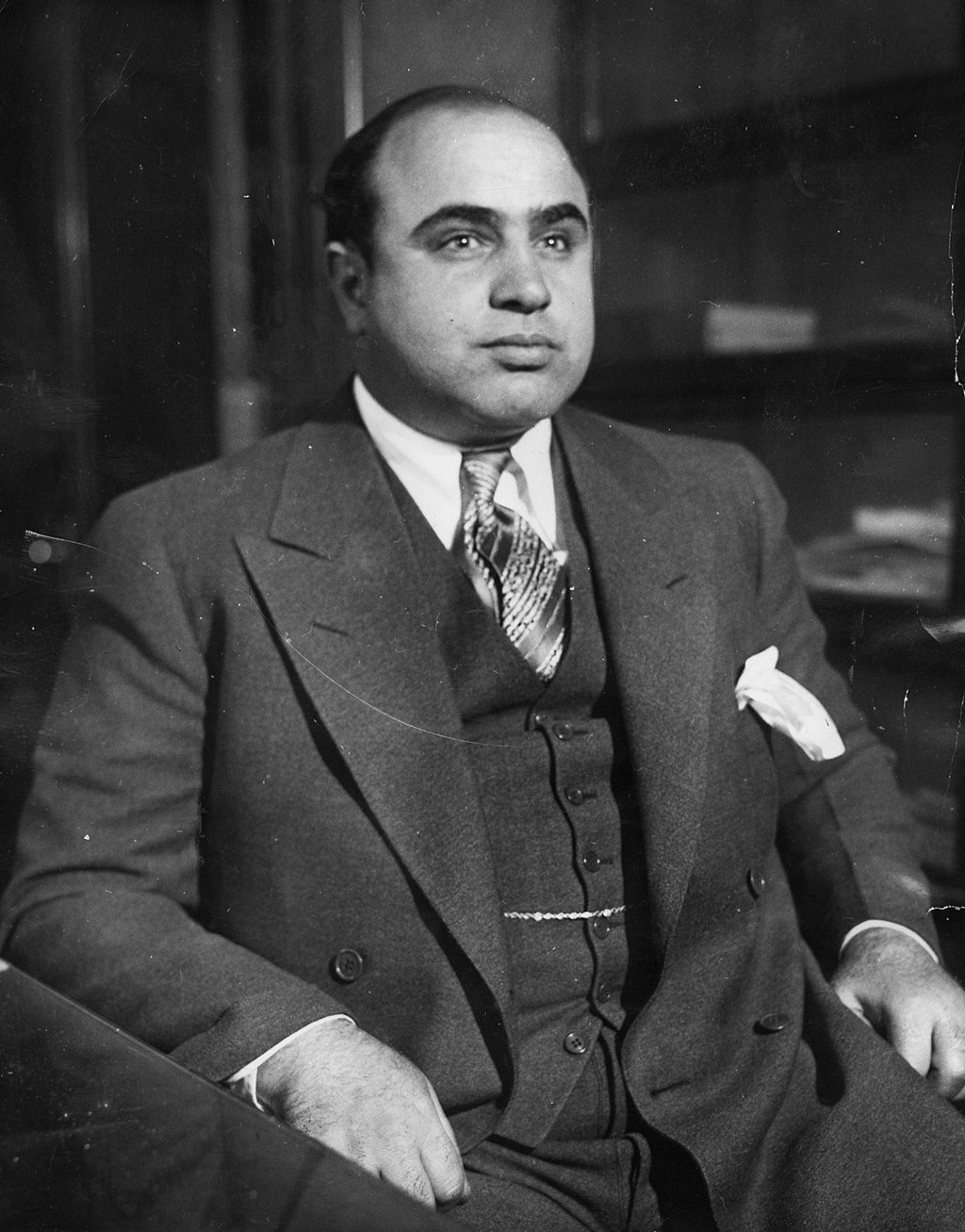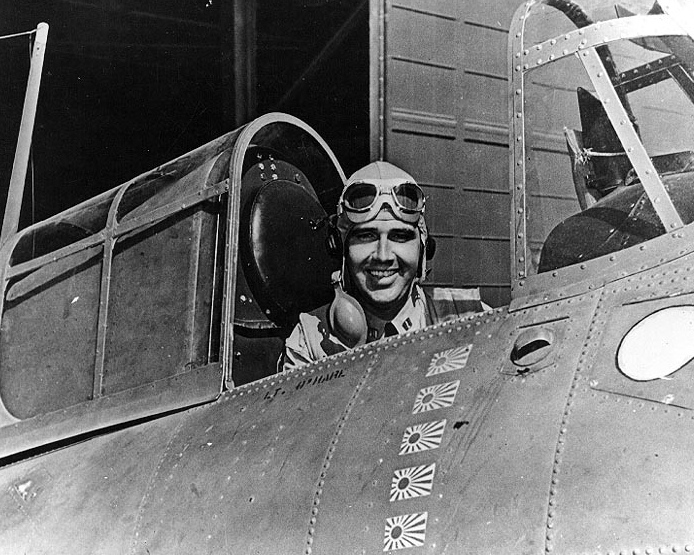Note: Sorry I haven’t had a post in a while. Here’s a brand new one! I hope to have more to come in the days and months ahead!
Many people are familiar with Chicago O’Hare Airport, but have no idea who it is named after.

Butch O’Hare, born in St. Louis and raised on Chicago’s South Side, was pulled from the arms of his beautiful young bride and their infant daughter right after the attack on Pearl Harbor. And about ten weeks after the “Day of Infamy,” as Roosevelt called the Pearl Harbor attack, Lt. O’Hare was flying his single-engine Grumman F4F fighter in the area of the Gilbert Islands.
O’Hare, accompanied by a wingman in another Grumman Hellcat, spotted nine Japanese twin-engine bombers zeroing in on O’Hare’s floating home base, the aircraft carrier Lexington. At that crucial moment, only O’Hare and his wingmate were aloft. The rest of the Lexington’s fighters were aboard the carrier refueling and reloading, with the enemy bombers only about four minutes from their target.
Then, O’Hare and his buddy discovered that the .50 caliber machine guns in the second Grumman had jammed, leaving only Lt. Butch O’Hare between the airborne assassins and the 2,000 or so Navy men on the Lexington.
One at a time, Butch O’Hare flew at the heavily armed incoming killers, and one at a time, he began killing them off. In just seconds, the Japanese squadron was in disarray, with Butch sweeping up from below to within 20 or 30 yards of a bomber, then stitching its fuel tanks with machine-gun fire, causing it to explode in flames, then peeling off to attack the next enemy plane from above, opening fire at a range close enough to see terror in the eyes of a Japanese pilot as he gets shot to death.
All told, O’Hare destroyed five of the nine invaders, with three more being killed by Lexington pilots who were able to take off after O’Hare first engaged the bombers. The last Japanese plane, badly damaged in the shootout with O’Hare, was able to get out of the immediate area, but is believed to have crashed at sea some distance away.
For his inspiring exploits on that fatal day in February 1942, Lt. Edward H. (Butch) O’Hare was designated the U.S. Navy’s first “Ace” of World War II.
President Roosevelt called Lt. O’Hare’s outstanding performance, “One of the most daring, if not the most daring, single action in the history of combat aviation.” Later in 1942 and in 1943, he acquitted himself brilliantly in developing new techniques for intercepting and destroying enemy aircraft at night. He subsequently earned the Distinguished Flying Cross for these efforts.
But on November 26, 1943, while on a night interception near Tarawa, Butch O’Hare was shot down and lost at sea.
In 1949, the airport was renamed as Chicago O’Hare.
Chicago is known for many other things as well. Among others, it is well remembered for gangsters like Al Capone. What made Al Capone so recognized is that he could never be put behind bars in jail. Credit for that was given to a young lawyer named Easy Eddie. In time, Eddie became deeply involved with Scarface Al’s inner workings. He looked after the murder, gambling, and prostitution busts that assorted Capone guys were always getting themselves into. He became deeply involved in setting up elaborate real estate and stock transactions for Capone, himself, and other insiders of the gang. And when Al and others got in trouble, Eddie would readily get them out—which, in time, won Eddie the title of being Easy Eddie.

In return, Al set up Eddie with all the fine things in life. A beautiful home, along with other fine things, made life comfortable for Eddie, his wife, his daughters, and boy.
But there was one thing Al couldn’t provide Eddie. Eddie wanted the finest school for his son. And in those days, one of the finest was Annapolis. Financially that was easily done. But to make it happen required the signature of a congressman.
At the time, Al Capone was hot and getting hotter. It was known that the Feds were closing in on him with a unique new form of prosecution based on violations of the Federal income tax statutes. It was also widely known that Capone and Eddie were deeply involved in a variety of joint enterprises, some criminal and some only quasi-so. What Easy Eddie knew about Capone’s day-to-day criminal activities was the stuff that the typical Federal prosecutor’s dreams are made of.
To make that dream a reality, all that was needed was the timely intervention of a St. Louis Post Dispatch reporter who was in the odd position of being both a personal friend of Easy Eddie and the best buddy of one of the key people on the prosecution team. The reporter, John Rogers by name, knew that Eddie wanted very badly to get his young son into Annapolis.
Rogers first went to his pal on the Capone prosecution team, who took the pitch up the line to the Commissioner of the Internal Revenue Service, who then went to Congress with the plan, which then found its way over to Annapolis, with the word coming back down to Eddie that his son was in – if only Eddie would tell everything the Feds wanted to know about Scarface Al Capone.
He did. The Feds made excellent use of the information. Capone went down for 11 years, with the first two years being served behind the bars of the Federal penitentiary in Atlanta, and the rest spent locked up on Alcatraz Island in San Francisco Bay.
In 1937, the year his son graduated from Annapolis, Eddie received a piece of mail from an ex-con who had been in Alcatraz with Capone. In simple, declarative sentences, the note read: “Capone is mad. He is enraged. He will kill you.”
In time, that occurred. One afternoon he was gunned down at an intersection by some of Capone’s men. He was killed instantly. In his pockets they found the following poem clipped from a magazine:
The poem read:
The clock of life is wound but once
And no man has the power
To tell just when the hands will stop
At late or early hour.
Now is the only time you own.
Live, love, toil with a will.
Place no faith in time.
For the clock may soon be still.
And Easy Eddie’s son—the one that got the chance to go to Annapolis…That was Butch O’Hare.


Comments are closed.